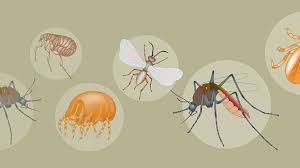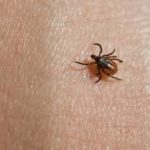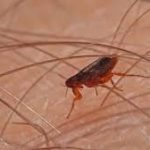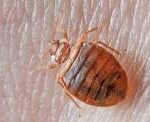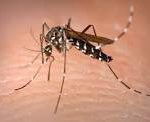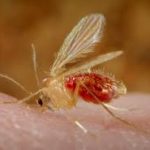…minding my own damn business
0500 – Already been up for awhile, sometimes sleep don’t come easy
it happens
sitting on porch, it’s mostly dark, but not black
black is different
starlight doesn’t break through the canopy
sayin to no one in particular, fucking bugs
something was crawling my back,
squished that bastard between me an the house
meanwhile my ears were surrounded by no see um bugs,
got to a point I drank my coffee waitin for sun, the wonderful sunlight
doesn’t mean life gets any better, just means you can see better
weren’t expecting that were ya
what did the day have in store for me?
digging out a stump, a spade shovel didn’t work so well, so to the truck I went and got out the tried an true entrenching tool
got like 88 degrees, muggy, and the fucking bugs found me again, only these were human bugs
there was kids like 16/17 of age next door watchin me kinda, I could hear some of what they was talking about
i’ll put it this way
they are Young and Dumb and full of (finish the sentence)
hint : it rhymes

When I brought out the 23 inch self oil Jonsered chainsaw
that’s when they really backed up, mind you they are in the drive of the house next door
all that time I was in that hole, not once did they ask me if they could help out
got home just in time for lightning over the lake, an rain.
so what I do? grabbed a vernors an went outside. stood in the rain
sayin to no one in particular
fuck it
heard stories of the rock apes, never did see one

